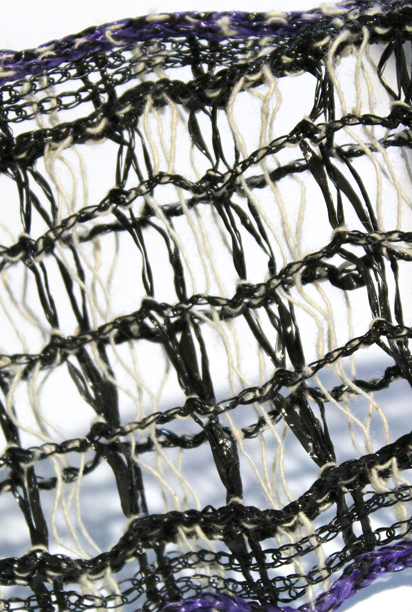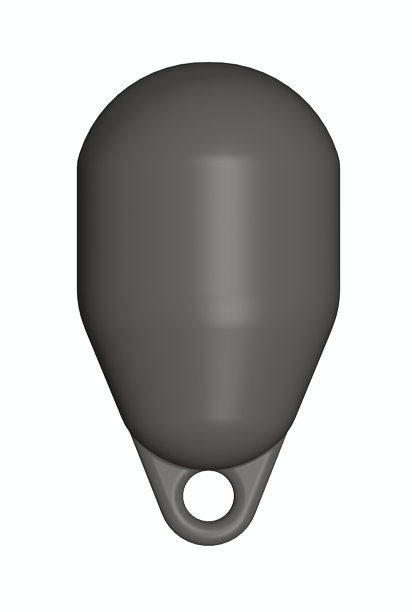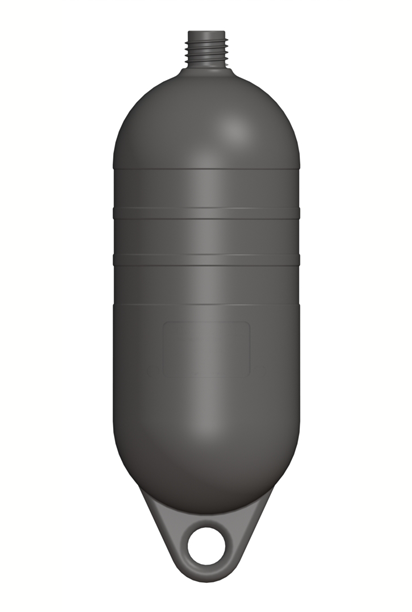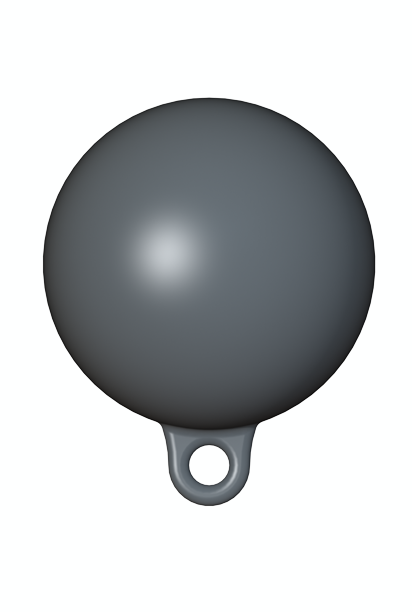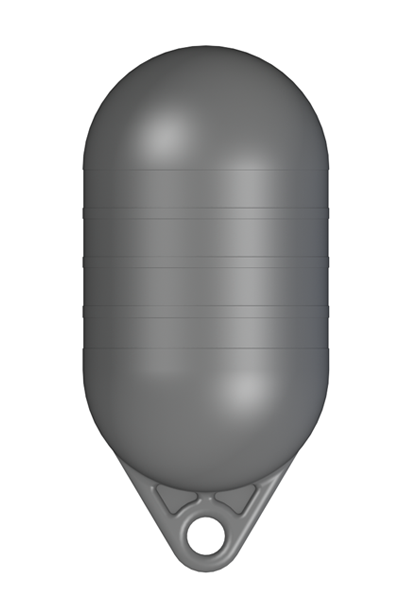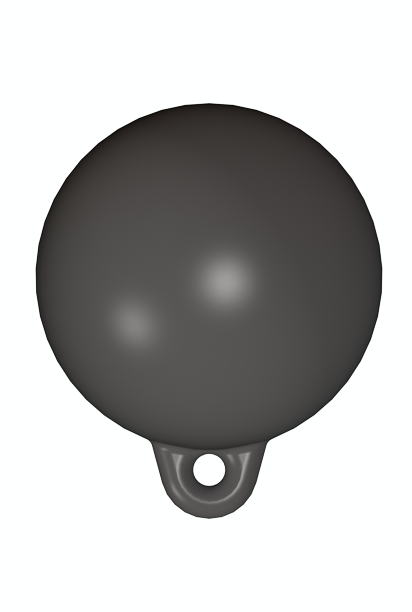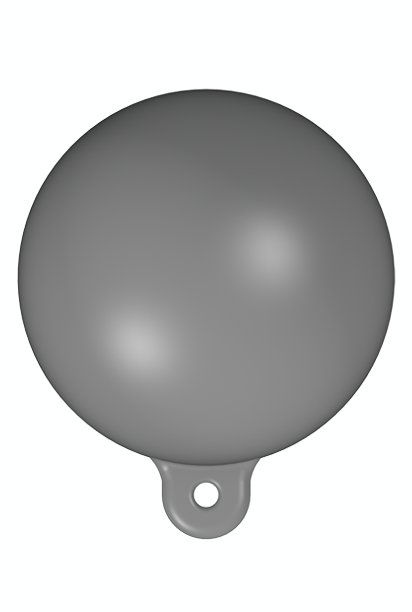
Individual/Single Drop Mussel Farming Methods
Increasing in popularity, the single drop method is similar to the continuous mussel farming methods so far as the socks are hung from a longline. The longline will either be on the surface of the water or below. Mussel spat is loaded into the socking material and each individual length of sock is hung from the longline. The length of each sock is dependent on the depth of the water being farmed.
As the mussels grow, they move to the outside of the socking material, causing the material to act with the characteristics of a rope. This is especially true when using Go Deep Cotton Bisect Mussel Socking. Compared to continuous cotton socking, the Go Deep socks remove the need for rope.
Rope (Bouchot) Culture
Predominantly used in parts of France, this method of cultivating mussels takes place on poles drilled deep into muddy shoreline. For seed collection, a coconut fiber rope is wrapped in a spiral around the post. When time comes for grow-out, a netting material is added to prevent fall off.
Regular maintenance is required in order to remove fouling. Harvesting is either done by hand or by machine. If by hand, workers cut the netting and catch the mussels in bins. Using a machine for collection, it will surround the pole and scrape the mussels off, depositing them on the vessel being used.
Raft Culture
Originating in Spain and popular in other locales around the world, raft culture is a method of growing mussels using a floating platform with rope or socking material hanging from the bottom. These ropes will collect spat and also be used to farm the mussels through the entire growing cycle. As the mussels grow and concentrate, they are thinned out or transferred to socking with a larger mesh size to allow for maximum growth.
Rafts can be constructed from wood, HDPE plastic, metal, any other desirable material or a combination of many materials. Different sizes of rafts are in use yet the functionality of allowing the farmer to walk on top remains the same.
Continuous Socking
Popular in New Zealand, this method entails the use of cotton socking sleeved over ropes. Buoys give the long line its flotation either on the surface. Inside the socking material, a rope provides the mussel seed with a substrate to adhere to. The socking material covers the rope and seed. It acts like a sleeve, allowing the mussels to grow to a marketable size.
The socking material is hung from a long line and looped in a continuous fashion. The length of the loops will depend on the depth of the water and preferences of the farmer. The cotton material will biodegrade within a matter of months.
While the benefit of continuous socking is an increased yield, consistency in size is a difficulty that many farmers deal with. One of the ways they do that is to use extruded plastic socking material.
Maintenance and Predator Prevention
It is absolutely necessary to provide ongoing maintenance of a mussel farm, regardless of the mussel farming methods. Doing so will protect the growing product from predators and fouling. Lines may be maintained by spraying to remove fouling organisms or lowered to the sea floor to allow predators to remove a second set of spat. Regardless of the method, regular maintenance is key to a successful harvest.
